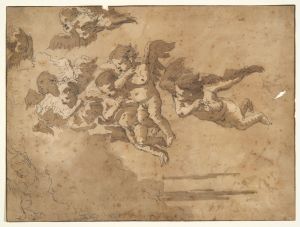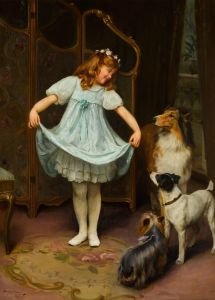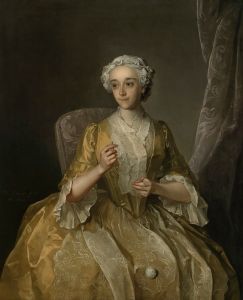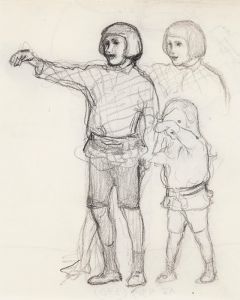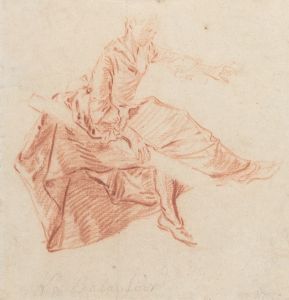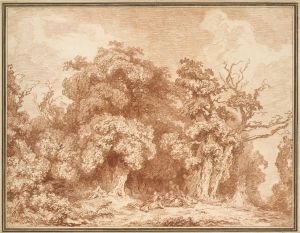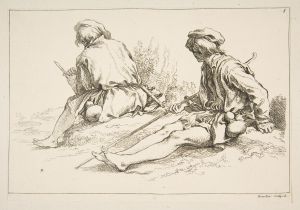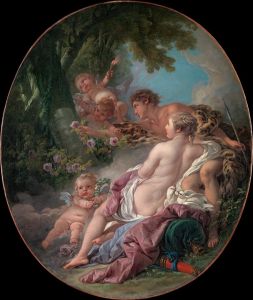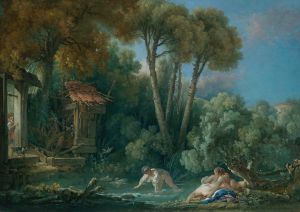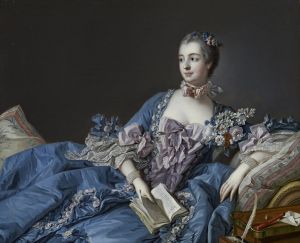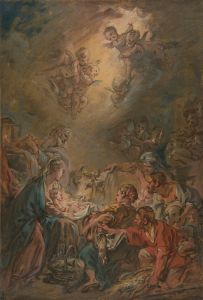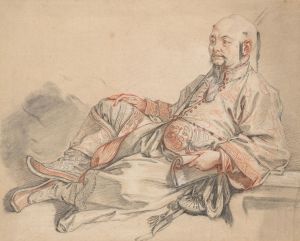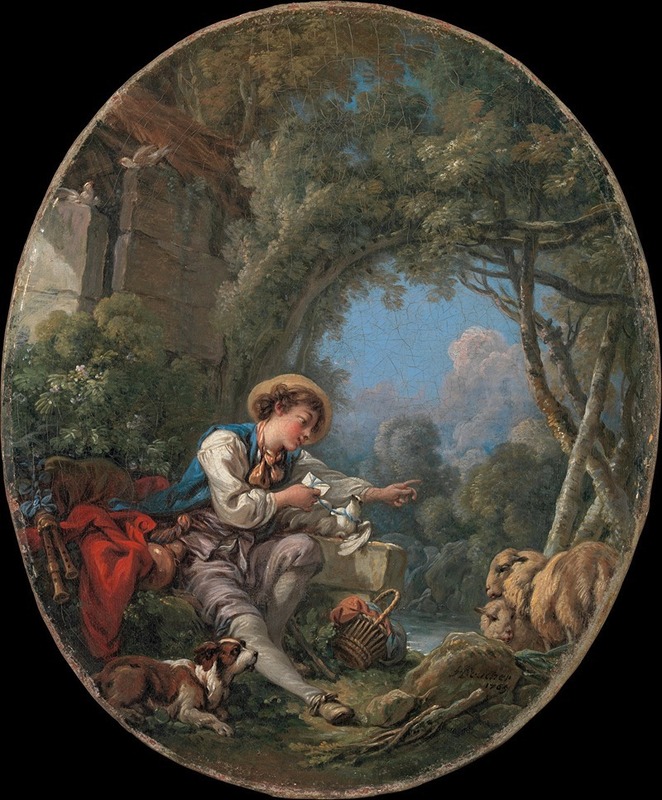
The Dispatch of the Messenger
A hand-painted replica of François Boucher’s masterpiece The Dispatch of the Messenger, meticulously crafted by professional artists to capture the true essence of the original. Each piece is created with museum-quality canvas and rare mineral pigments, carefully painted by experienced artists with delicate brushstrokes and rich, layered colors to perfectly recreate the texture of the original artwork. Unlike machine-printed reproductions, this hand-painted version brings the painting to life, infused with the artist’s emotions and skill in every stroke. Whether for personal collection or home decoration, it instantly elevates the artistic atmosphere of any space.
François Boucher (1703–1770) was a prominent French painter, draughtsman, and etcher, known for his idyllic and voluptuous paintings on classical themes, decorative allegories, and pastoral scenes. One of his notable works is "The Dispatch of the Messenger," which exemplifies his Rococo style, characterized by lightness, elegance, and an exuberant use of color.
"The Dispatch of the Messenger" was created in 1769, during the latter part of Boucher's career. This painting is a fine example of his ability to blend narrative content with decorative beauty. The artwork depicts a scene where a messenger is being dispatched, possibly to deliver important news or a message of love, which was a common theme in Rococo art. The exact narrative behind the painting remains unspecified, but the focus is on the aesthetic and emotional impact rather than a detailed storyline.
In this painting, Boucher employs his signature soft, pastel color palette, which includes delicate shades of pink, blue, and green. The composition is dynamic, with flowing lines and a sense of movement that guides the viewer's eye through the scene. The figures are elegantly posed, with graceful gestures and expressive faces that convey a sense of urgency and anticipation.
Boucher's technique is evident in the meticulous attention to detail, particularly in the rendering of fabrics and textures. The luxurious drapery, the intricate patterns on the clothing, and the lush, verdant landscape all showcase his skill in creating a visually rich and immersive environment. The use of light and shadow adds depth and dimension to the scene, enhancing the overall sense of realism and vitality.
As a leading artist of the Rococo period, Boucher's work was highly sought after by the French aristocracy and royalty. He served as the court painter to Louis XV and was a favorite of Madame de Pompadour, the king's mistress, who was a significant patron of the arts. Boucher's influence extended beyond painting; he also designed tapestries, theater sets, and porcelain, contributing to the decorative arts of the time.
"The Dispatch of the Messenger" reflects the cultural and artistic values of the 18th-century French elite, who favored art that was both beautiful and emotionally engaging. Boucher's ability to capture the essence of Rococo aesthetics—elegance, playfulness, and a touch of sensuality—ensured his lasting legacy in the history of art.
Today, François Boucher's works, including "The Dispatch of the Messenger," are celebrated for their technical mastery and their embodiment of the Rococo spirit. They can be found in major museums and collections around the world, where they continue to be admired for their beauty and historical significance.





